 EN
EN
 PT
PT
Fun activities for developing the concept of equality in primary school
Product: Book
Trim size in cm: 21x29,7cm
Pages: 120
ISBN: 9788859027843
Publication date: 01/03/2022
Suitable for: Primary 1st level (ages 6-7), Primary 2nd level (ages 8-10)
REQUEST A SAMPLE OR MORE INFORMATION
Let’s Learn math with the Equals Game is a refusal/confirmation game of equalities, to be introduced in the beginning of primary school to be readapted and proposed in subsequent school years, with the aim of promoting a correct understanding of the equals symbol in a playful context. It provides teachers with the opportunity to work with their students on important aspects of arithmetic with games.
Through a playful-didactic programme structured on the use of 7 different card decks (100 deck, 100+ deck, Properties deck, Expressions deck, Decimals deck, Fractions deck, Powers deck), the student will have the opportunity to:
INDEX
Introduction
The Equal’s Game
100 Deck
100+ Deck
Properties Deck
Expressions Deck
Decimals Deck
Fractions Deck
Powers Deck
Scoreboard chart
Scorekeeper
Bibliography

Fun activities for developing the concept of equality in primary school
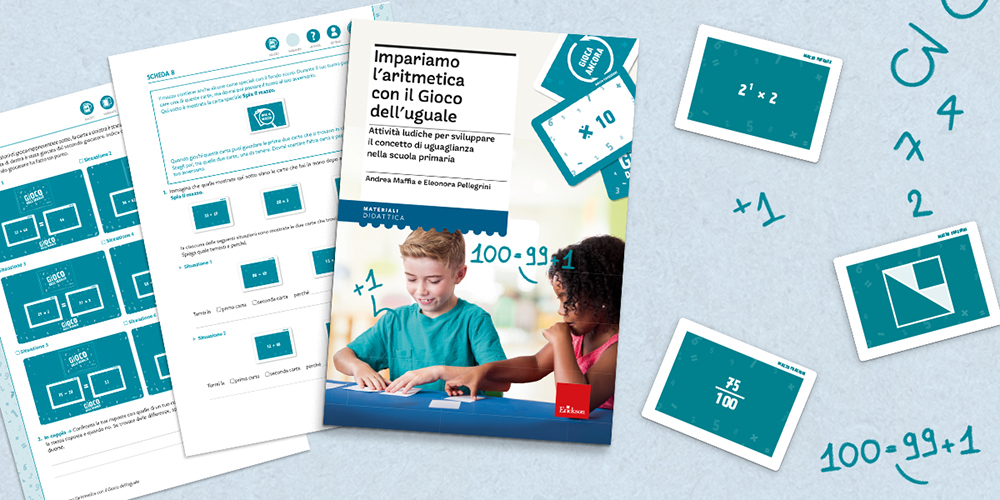
The equals sign, however simple it may appear in its meaning and application, can be difficult to understand for those who are still immersed in the process of learning mathematics.
Let’s learn arithmetic with the equals game provides primary school teachers with a playful context and many activities to carry out with their pupils on the concept of equality. The proposed "Equals Game" is a refutation / confirmation game of equalities whose cards are designed in such a way that it can be introduced at the beginning of primary school, inserting new operations and properties over time.
MATERIALS
The guide book, which contains the explanations and the programme of playful-didactic activities, is accompanied by a series of attached pages from which to obtain the game boards, the 7 decks of cards (100 deck, 100+ deck, Properties deck, Expressions deck, Decimals deck, Fractions deck and Powers deck) and the special cards to carry out the different activities.
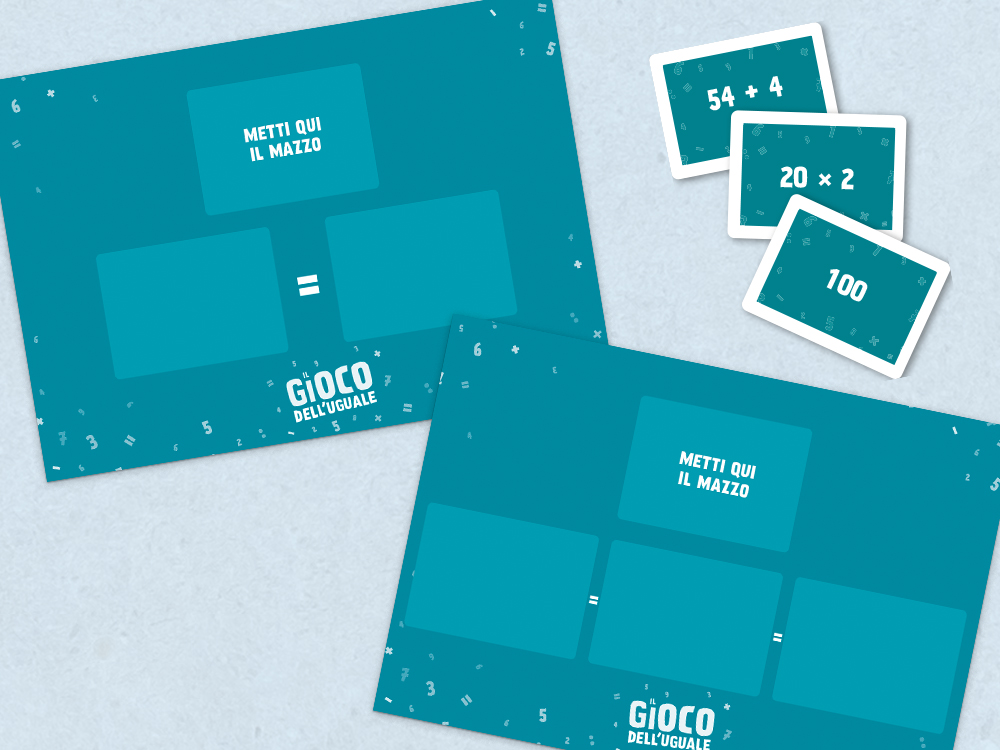
Game board with equals symbol
The central theme of the equals symbol is already evident from the game board, which places it at the center. On both sides of the equals symbol, there are two empty squares that will be used to house the cards that each of the players, in turn, place on the board.
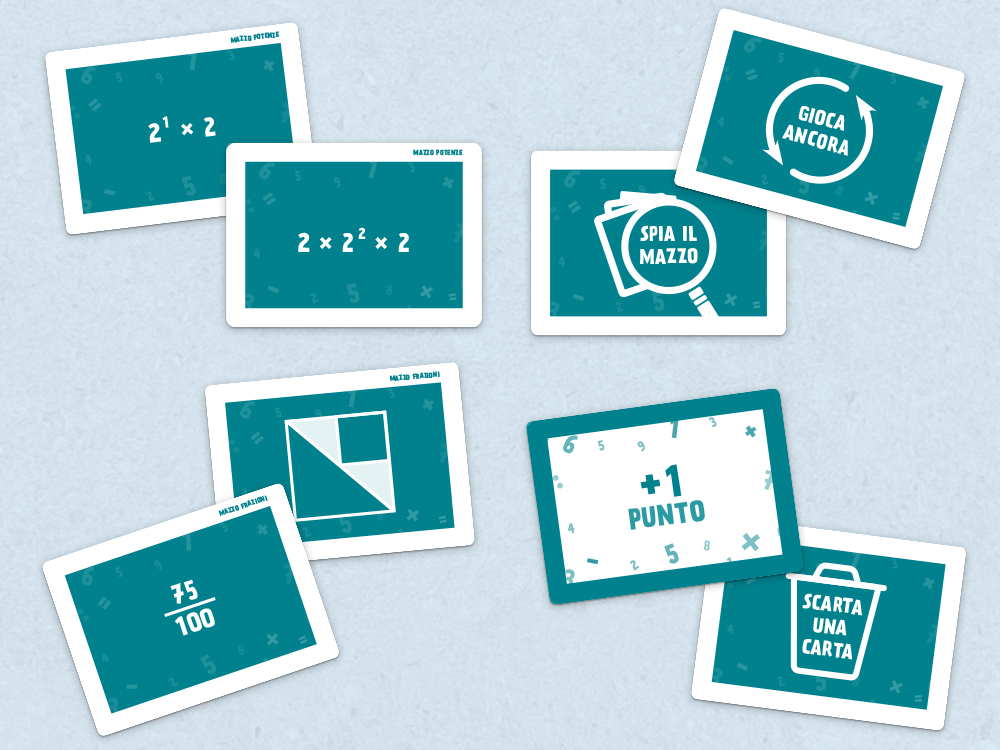
Deck cards and special cards
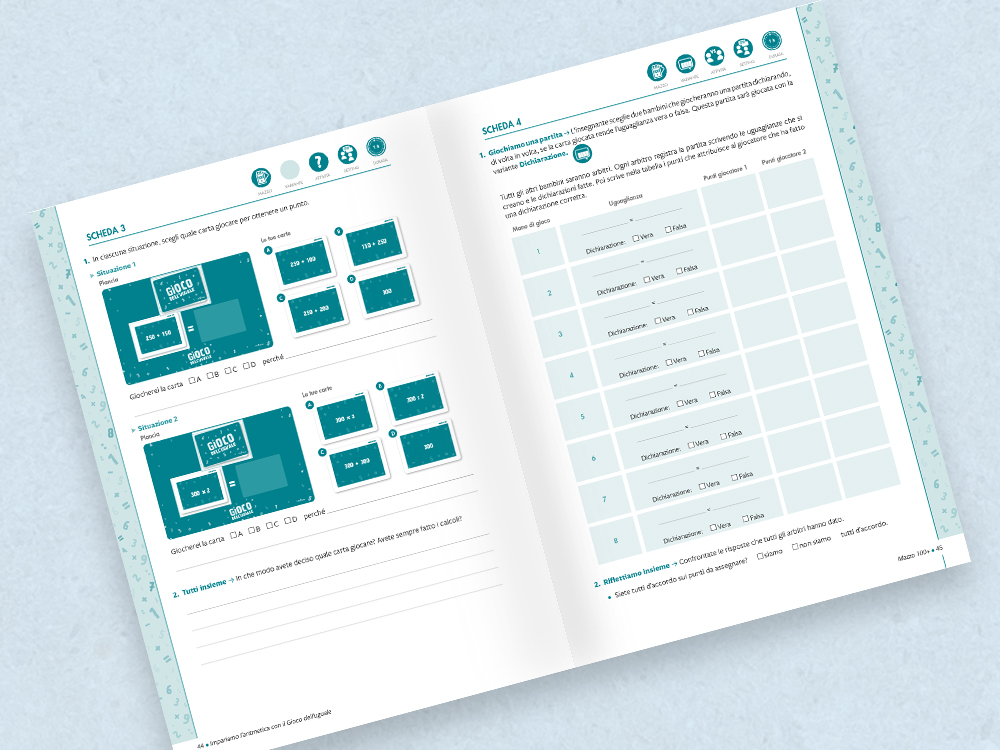
The activities and worksheets
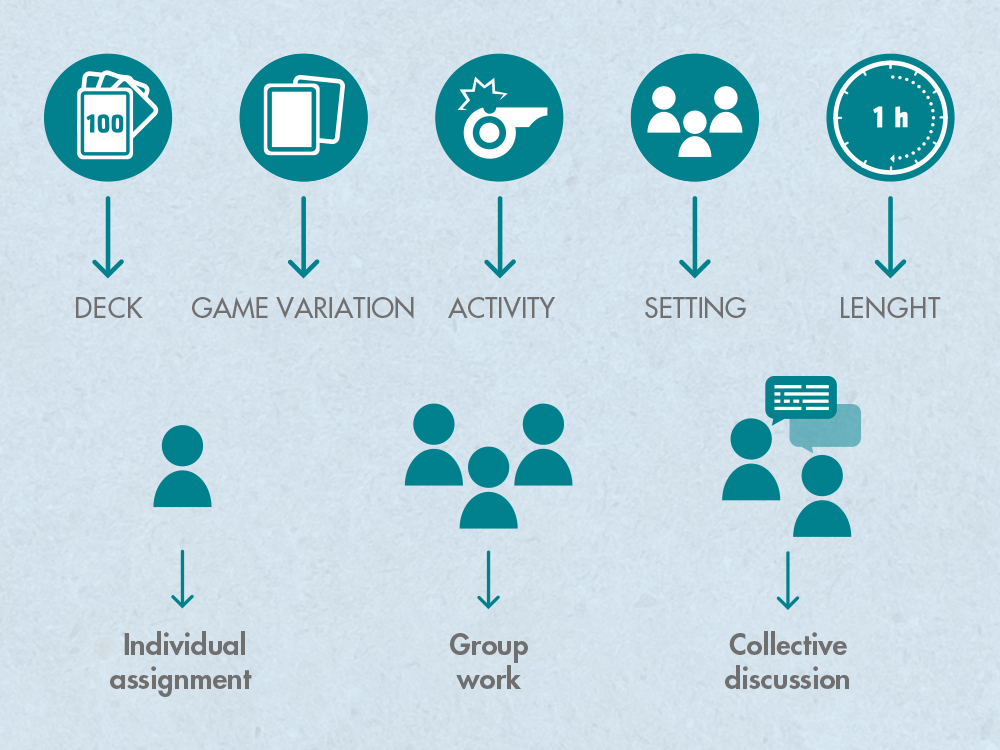
Each card shows five icons representing the deck to be used, eventual game variants, the type of delivery, the 3 possible activity settings (Individual, Group work, Collective discussion) and the duration.
The game and the objectives
For the pupil who plays, the goal is to place cards that make an equality true when he/she wants to earn points, and place cards that falsify the equality when he/she wants to prevent the opponent from earning points. Throughout the game, the pupil will also be able to:
Leaf through some selected pages from the book that have been translated into English to facilitate your evaluation:
THE AUTHOR
Andrea Maffia PhD in mathematics teaching, he is a researcher at the Department of Mathematics of the University of Pavia. A mathematics teacher in lower secondary school, he deals with the study of learning processes, especially in the arithmetic and algebraic field, from a semiotic point of view.
Eleonora Pellegrini Since 2005 she has collaborated with the most important Italian publishing houses and is the author of mathematics texts for Rizzoli Education. Since 2016 she has been teaching in lower secondary school, developing original educational programs that give each student the opportunity to do mathematics in an active way.